Snowfall in Kashmir: A Winter Wonderland Experience
Kashmir, often referred to as “Paradise on Earth,” undergoes a breathtaking transformation during the winter season. The region is blanketed in a pristine layer of snow, turning it into a mesmerizing winter wonderland. This article will guide you through the magic of snowfall in Kashmir, providing insights into the best time to visit, snow activities in Srinagar, and detailed information about snowfall in Gulmarg and Pahalgam. Additionally, we’ll touch on Srinagar snowfall forecasts, ensuring you’re well-prepared for your snowy escapade.
In Winters, most of the areas remains cut off during heavy snowfall. Among them are most visited places like Aru Valley, Chandanwari, SinthanTop, Margan Top, Gurez Valley, Zojilla pass, ZeroPoint. These areas recieve heavy snowfall over 5fts due to which roads remain full of snow and snow gets frozen due to visit its very difficult to clear these areas.
Best Time to Visit Kashmir for Snowfall
Kashmir experiences snowfall primarily from late November to early February therefore Best Time to Visit Kashmir for Snowfall is in January to March. During this period, the entire region is transformed into a picturesque white paradise, offering visitors a truly enchanting experience. You will experience frozen dal lake and frozen icicles everywhere on the roof tops of all houses and hotels. Best month to visit Kashmir for snowfall in January or February. Snowfall time in Kashmir is unpredictable but usually snowfall time is from December.
Avoiding the Chill: Planning Your Visit
While the snow-laden scenery is undoubtedly captivating, it’s essential to be prepared for the cold. Packing warm clothing, including insulated jackets, gloves, and boots, is crucial to ensure a comfortable and enjoyable visit. People from warmer regions will experience high cold because they are not used to such a low temperature. It is recommended to for them to stay in the hotel rather than staying in houseboat on first night as temperature in houseboats are lower than lands. Things you should bring during winters in Kashmir are as follows:
- Jackets
- Sweaters
- Thermals
- Gloves
- Long Boots
- woolen Warm caps
- umbrella
- Emergency Medicines
Snow Activities in Srinagar, Kashmir
Srinagar, the summer capital of Jammu and Kashmir, takes on a magical aura during the winter months. The famous Dal Lake freezes over, providing an opportunity for exhilarating ice-skating. It becomes main attraction for tourists during winters when it get frozen. It is the only snow activities in Srinagar. Tourists enjoy walking over the frozen dal lake and takes photos of the same. Additionally, the Mughal Gardens, covered in a blanket of snow, offer a unique and serene experience. You can also experience Shikara ride in dal lake during winter season
Snow Activities in Gulmarg
Snowfall in Gulmarg
The Meadow of Flowers Turns into a Blanket of Snow
Gulmarg, known for its picturesque meadows, is a snow lover’s paradise. The town experiences heavy snowfall, making it a sought-after destination for winter sports enthusiasts. The Gulmarg Gondola, one of the world’s highest cable cars, offers breathtaking views of the snow-covered peaks.
The best location where you will see best snow activities is in Gulmarg. You will experience snowboarding, snow skating, snow sledges, ice skating, snow mobiles and much more. In Winters, Gulmarg is know for winter festival that usually starts in December 25 during Christmas time. It may vary depending upon when snowfall starts. During snowfall you need chained gear vehicles from Tangmarg to reach to Gulmarg, as roads get covered with snow which leads to black ice on roads. In this festival lots of foreigners visit Gulmarg to experience snow and enjoy snow activities there.
Snow Activities in Sonmarg
Snowfall in Sonmarg
The snowfall season in Sonmarg typically starts in late November and extends till early March. The town experiences heavy snowfall during this period, which blankets the entire region in a pristine layer of white snow, creating a surreal winter wonderland. Its famous Thajwas glaciers becomes so beautiful with fresh snow which tourists enjoy to visit and takes photos of majestic surrounding mountains.
In Winters, Sonmarg receives heavy snowfall as compared to other areas. Due to heavy snow, tourists enjoy snow activities there. More snow leads to more enjoyment of the snow activities in sonmarg. It offers snow activates like snow sledges, snow mobiles, Skating and more. You will experience majestic Thajwas glacier where all tourist enjoy snowfall and make snow balls to throw them to their loved ones. Near Thajwas glacier people enjoy snow sledges which goes up to glacier and the ride down to the mountain for best experience of sledding.
Snow Activities in pahalgam
Snowfall in Pahalgam
Pahalgam a winter retreat, nestled along the Lidder River, transforms into a serene winter retreat during the snowfall season or snowfall in kashmir. The Betaab Valley, named after the Bollywood film ‘Betaab’ shot there, is a popular spot for experiencing the winter charm. It becomes beautiful valley covered with snow capped mountains.
Pahalgam is known for its beautiful Lidder river and beautiful lush green mountains during summer. In winters these lush green mountains get covered with snow and gives different vibe of the place. Lidder river get frozen at some places with icicles at most of the places. It also offers some snow activities to tourists that include snow sledges, horse riding in snow, skating and more. There is not enough snow activities in pahalgam but going there in winter to experience winters in pahalgam should be in bucket list
Historical Records of Snowfall in Kashmir
Kashmir, known for its breathtaking landscapes and picturesque winters, has a rich history of snowfall. The region’s climate and weather patterns have been meticulously documented over the years, providing valuable insights into the occurrence and trends of snowfall in Kashmir.
The earliest historical records of snowfall in Kashmir date back to ancient texts and chronicles. Accounts from travelers, poets, and historians who visited the region describe the profound impact of snowfall on the landscape and daily life of the inhabitants.
According to Records Kashmir has received heaviest snowfall in 80’s era but Kashmir usually receives major snow fall in Sonmarg zojilla pass over 12fts of snow. High altitudes receives highest snowfall in Kashmir over 15fts like Drass, Zero point, Margan Valley, Chandanwari etc.
Economic Benefits of Snow Tourism in Kashmir
Snow tourism in Kashmir is not only a source of natural beauty and adventure but also a significant driver of economic prosperity for the region. The snow-covered landscapes of Kashmir draw tourists from across the globe, contributing to various sectors of the local economy.
- Tourism Industry Revenue: The winter season, marked by abundant snowfall, witnesses a surge in tourist arrivals. Hotels, guesthouses, and resorts experience high occupancy rates, leading to increased revenue for the hospitality sector. Additionally, local eateries, shops, and markets thrive due to heightened tourist activity.
- Employment Opportunities: Snow tourism generates a substantial number of jobs in Kashmir. From ski instructors and guides to hotel staff and transportation providers, a diverse range of employment opportunities arise. This seasonal influx of employment is vital for the livelihoods of many residents.
- Promotion of Winter Sports: The availability of snow creates an ideal environment for various winter sports, such as skiing, snowboarding, and ice-skating. These activities attract sports enthusiasts and athletes, often leading to the development of specialized training centers and infrastructure.
- Cultural and Artisanal Exchanges: Tourism fosters cultural exchange between visitors and locals. Artisans and craftsmen in Kashmir, renowned for their handcrafted products, benefit from increased sales of traditional items like Pashmina shawls, carpets, and handicrafts.
- Boost to Transportation and Infrastructure: The increased tourist influx necessitates improvements in transportation and infrastructure. Upgrades to roads, airports, and public facilities not only enhance the tourist experience but also have long-term benefits for the local population.
- Promotion of Local Cuisine: The influx of tourists encourages the local culinary industry. Visitors have the opportunity to savor traditional Kashmiri dishes, stimulating demand for local produce and culinary expertise.
- Diversification of the Economy: Snow tourism plays a crucial role in diversifying the Kashmiri economy, reducing its dependence on specific sectors. This diversification provides stability and resilience in the face of economic challenges.
- Showcasing Natural Beauty: Snow tourism showcases the stunning natural beauty of Kashmir to a global audience. This exposure can lead to increased investments in conservation efforts, ensuring the preservation of the region’s natural heritage.
Snowfall and Its Role in the Water Supply Cycle of Kashmir
Snowfall in Kashmir is not only a picturesque phenomenon but also a vital component of the region’s water supply cycle. The snow that blankets the mountains during the winter months plays a crucial role in sustaining various aspects of life in Kashmir, from agriculture to drinking water supply.
- Snow as a Natural Reservoir: The snowpack in the higher altitudes of Kashmir acts as a natural reservoir. As the snow accumulates, it stores a significant amount of water. This reservoir of frozen water is released gradually during the melting season, providing a steady source of water downstream.
- Sustaining Agriculture: The water released from melting snow contributes directly to irrigation for agricultural activities in the region. Farmers rely on this water to cultivate a wide range of crops, including rice, wheat, and various fruits and vegetables. The timing and volume of this release are critical for successful farming.
- Drinking Water Supply: Snowmelt serves as a primary source of drinking water for the local population. Many villages and towns in Kashmir rely on streams and rivers fed by melting snow for their water supply. This source of water is not only abundant but also relatively clean and free from pollutants.
- Hydropower Generation: The water released from melting snow is harnessed for hydropower generation. The rivers fed by snowmelt flow through turbines, producing electricity that powers homes, industries, and businesses throughout the region. When there is low snowfall in Kahmir then it leads to low power generation as well
- Environmental Balance: Snowfall in Kashmir is important part of environment. The gradual release of water from melting snow helps maintain a delicate ecological balance. It sustains the various plant and animal species that are adapted to the seasonal variations in water availability.
- Climate Regulation: The presence of snow-covered mountains also has a cooling effect on the local climate. The gradual release of water from melting snow helps regulate temperatures, making the environment more hospitable for both human and natural habitats.
- Tourism and Recreation: Tourists enjoy Snowfall in Kashmir. The availability of water from melting snow supports recreational activities such as river rafting, fishing, and other water-based sports, enhancing the appeal of Kashmir as a tourist destination.
Srinagar Snowfall Forecast
Staying Informed for a Safe Journey: Keeping abreast of the weather forecast is crucial, especially during the winter season. Numerous online platforms and local sources provide up-to-date information on snowfall predictions, ensuring visitors can plan their trips accordingly. You can usually search for Srinagar snowfall forecast to get updates on snowfall predictions in Srinagar Kashmir. Snowfall in Kashmir is predicted to happen during December month. For Train Timings in Srinagar during winters you can visit Srinagar railway station website for details.


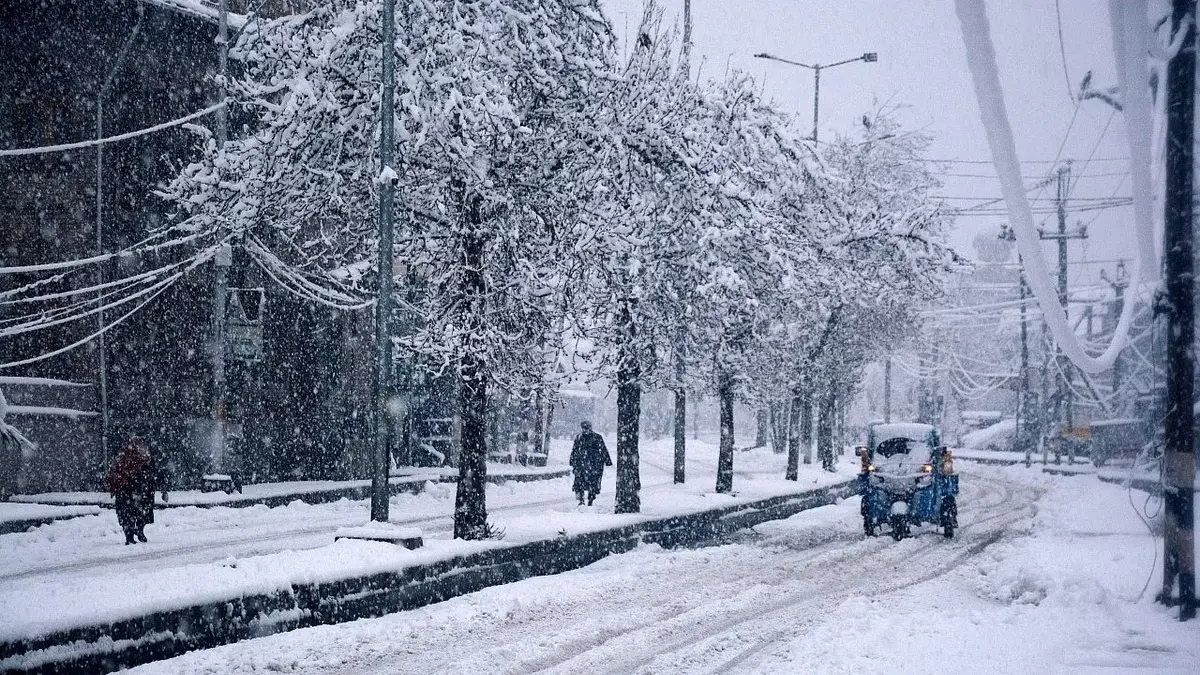
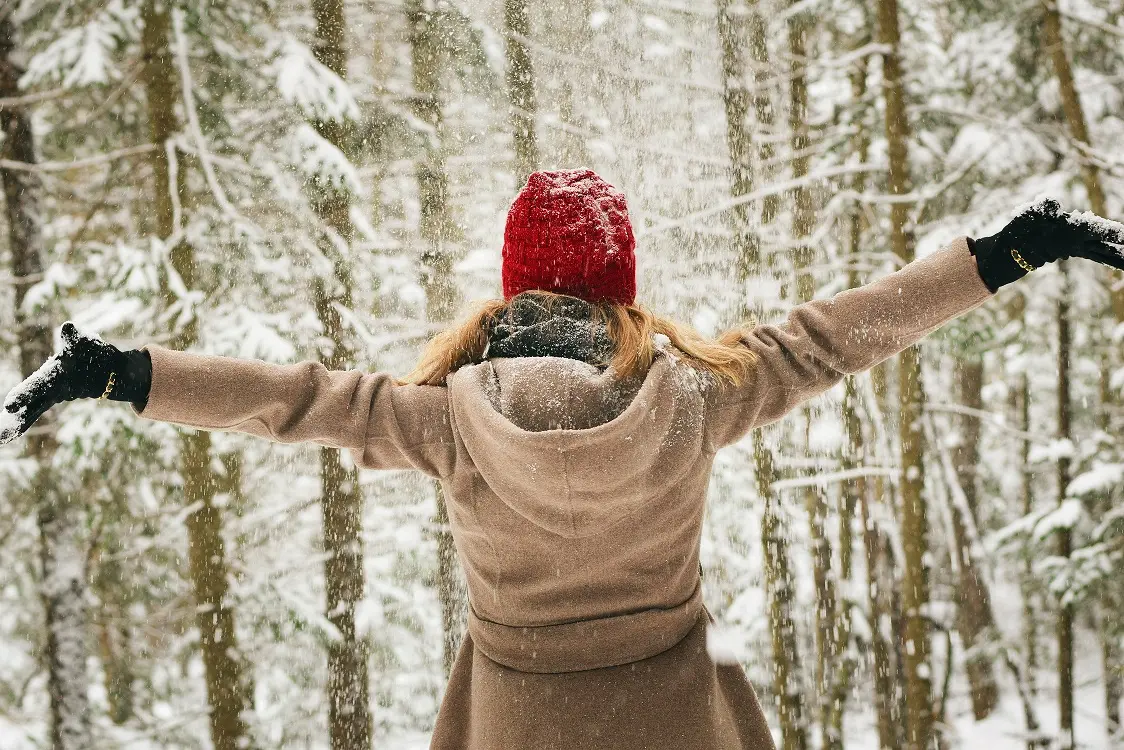
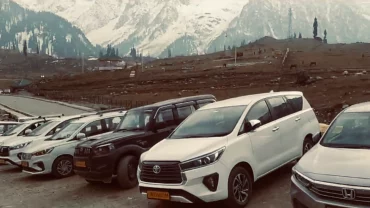
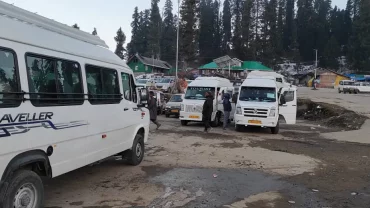
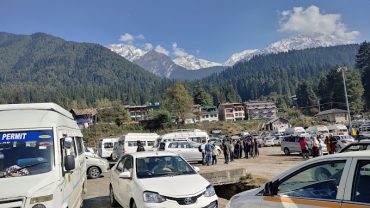
Comment (0)